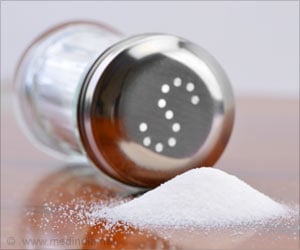Researchers at Baylor University Medical Center at Dallas and the Baylor Research Institute have developed a new way to introduce insulin genes into the pancreas
Researchers at Baylor University Medical Center at Dallas and the Baylor Research Institute have developed a new way to introduce insulin genes into the pancreas.
Insulin is a hormone that allows blood glucose (blood sugar) to enter the cells of the body to be used for energy. The technique, known as ultrasound-targeted micro bubble destruction (UTMD), delivers these insulin genes to the organ via microscopic "bubbles." Once the bubbles reach their target, they are burst with ultrasound releasing the insulin genes into the pancreas.Using UTMD, researchers delivered the bubbles containing human insulin genes into the pancreas of rats and later found that the rat's blood sugar had been subsequently lowered. Another gene that regulates insulin production, known as hexokinase I, was successfully delivered using UTMD as well, and resulted in increased blood insulin and decreased blood sugar in the rats.
"Not only was their blood sugar lowered, but there was no evidence of any damage to the pancreas," says Paul Grayburn, M.D., principal investigator of the study. "Other forms of gene therapy are usually invasive and unlike the UTMD technique, do not target the tissues and organs specifically."
Currently, patients with Type I (juvenile onset) diabetes must inject themselves with insulin daily to keep their blood sugar levels balanced in addition to following strict nutritional guidelines. Dr. Grayburn says that the UTMD technique is one of the most important steps in the development of a successful treatment of diabetes without the need for daily insulin injections.
"Now that we have successfully delivered insulin genes to the pancreas, our ultimate goal is to research the regeneration of insulin-producing cells in patients with diabetes," says Dr. Grayburn.
In the future, Dr. Grayburn says that the UTMD technique for gene delivery can be used to deliver therapeutic agents to other organs as well.
Advertisement
Source : Eureka Alert










